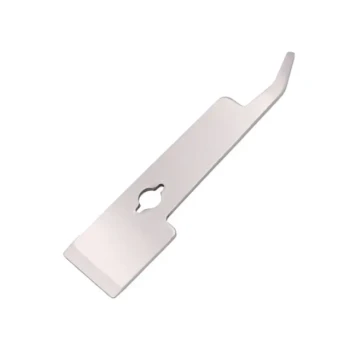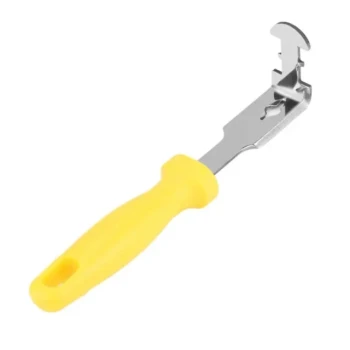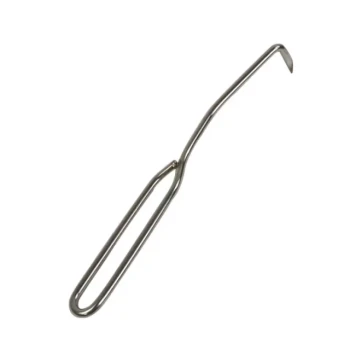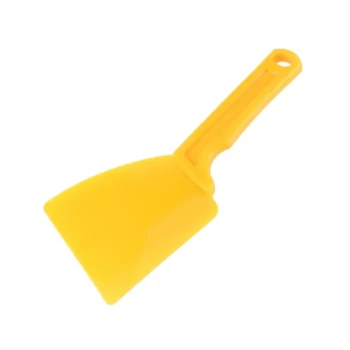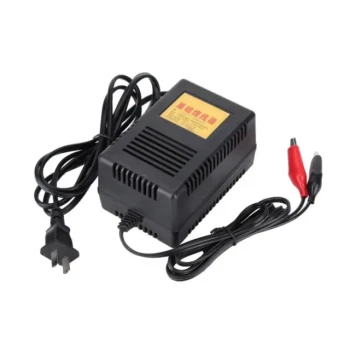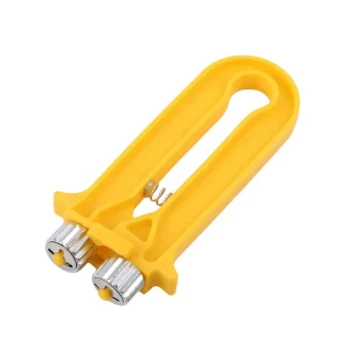At its core, the primary function of a beehive bottom board is to serve as the floor and foundation of the hive. It supports the full weight of the brood boxes and honey supers, while also creating a dedicated entrance and exit for the bees to come and go.
The bottom board is far more than a simple floor. It is a critical component of the hive's environmental control system, regulating airflow, hive defense, moisture levels, and even pest management. Understanding its function is key to maintaining a healthy colony.
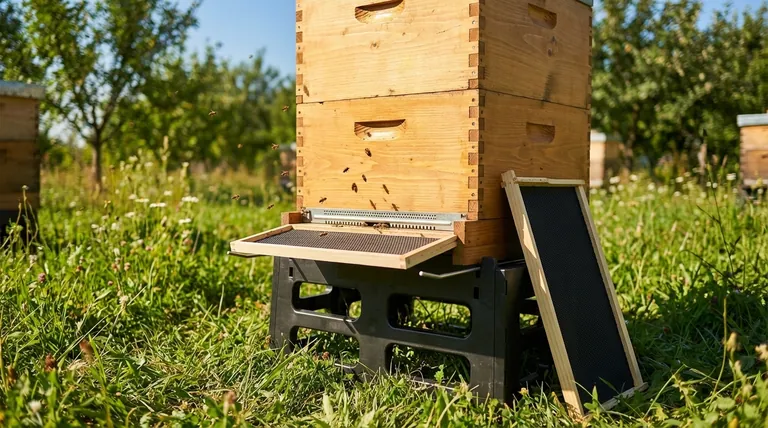
The Foundational Roles of the Bottom Board
Before diving into advanced uses, it's essential to understand the board's non-negotiable duties. These functions are universal, regardless of the specific type of bottom board you use.
Structural Support
The bottom board is the base upon which the entire hive rests. It must be strong enough to support the significant weight of brood, bees, and potentially hundreds of pounds of honey.
For this reason, it must be placed on a stable, level surface. Raising the hive off the ground on a stand not only helps with moisture but also prolongs the life of the wooden components.
The Colony's Gateway
The bottom board provides the primary entrance and exit for the colony. By creating a single, defined opening, it allows the guard bees to effectively defend the hive against threats like robbing bees, wasps, and other intruders.
A Platform for Foragers
The area at the front of the entrance acts as a takeoff and landing platform for thousands of daily foraging flights. A slight forward tilt of the entire hive is recommended to ensure any rainwater drains out and away from this crucial area, keeping the entrance clear and dry.
The Critical Choice: Solid vs. Screened Bottom Boards
The most significant decision a beekeeper makes regarding the bottom board is choosing between a solid or screened design. This choice directly impacts ventilation and pest management strategy.
The Solid Bottom Board
This is the traditional design—a simple, solid piece of wood that serves as the hive floor. It provides good insulation from cold air underneath the hive, which can be an advantage in harsh winter climates.
However, solid boards can trap moisture and debris. Poor ventilation can lead to condensation buildup, creating an environment favorable to disease.
The Screened Bottom Board
A modern and widely adopted alternative, the screened bottom board replaces most of the solid wood floor with a section of 1/8-inch hardware cloth (wire mesh).
This design provides vastly superior ventilation, allowing moisture to escape and fresh air to circulate, which is especially beneficial in hot and humid climates. Its most significant advantage is in managing Varroa mites, a devastating beehive pest. Mites that fall off a bee drop through the screen and out of the hive, unable to climb back in.
Understanding the Trade-offs
While screened bottom boards are now the standard for many beekeepers, there are important considerations.
Defense and Entrance Management
For any new or small colony, the entrance provided by the bottom board is too large to defend effectively. An entrance reducer, a small wooden block with different-sized notches, must be used to shrink the opening. This makes it easier for the colony's limited number of guard bees to repel pests and robbers.
Winter Management
The excellent airflow of a screened bottom board can be a disadvantage in cold winters. Many beekeepers slide a removable insert, often called a "sticky board" or coroplast sheet, underneath the screen during the coldest months to reduce drafts while still allowing for mite-drop monitoring.
Making the Right Choice for Your Hive
Your decision should be based on your climate, beekeeping philosophy, and pest management goals.
- If your primary focus is simplicity and winter insulation: A solid bottom board is a functional choice, but you must be diligent about providing upper ventilation and keeping the hive tilted to manage moisture.
- If your primary focus is hive health and modern pest management: A screened bottom board is the superior option, offering excellent ventilation and a passive defense against Varroa mites.
- If you are starting a new colony: You must use an entrance reducer to protect your bees, regardless of which bottom board you choose.
Ultimately, the bottom board is the control panel for your hive's immediate environment, and your choice directly influences the health and success of the colony within.
Summary Table:
| Function | Solid Bottom Board | Screened Bottom Board |
|---|---|---|
| Primary Advantage | Good winter insulation | Superior ventilation & mite control |
| Best For Climate | Colder winters | Hot & humid climates |
| Pest Management | Limited | Passive Varroa mite defense |
| Moisture Control | Requires careful management | Excellent moisture escape |
Ready to build a healthier, more productive apiary? The right bottom board is a cornerstone of hive success. At HONESTBEE, we supply commercial apiaries and distributors with high-quality, durable beekeeping equipment, including screened and solid bottom boards designed for optimal colony health. Let our wholesale expertise help you make the best choice for your operation. Contact our team today to discuss your equipment needs and volume pricing.
Visual Guide

Related Products
- Plastic Bee Hive Stand for Beekeeping
- Yellow Plastic Bucket Pail Perch for Beekeeping
- Professional Dual-End Stainless Steel Hive Tool for Beekeeping
- Professional Multi-Function Stainless Steel Hive Tool
- Metal Hive Feet Bee Hive Stand for Ant Protection
People Also Ask
- Why is it important to level a hive stand properly? Prevent Catastrophic Failure & Ensure Hive Health
- How does the longevity of plastic bee hives compare to wooden hives? Discover the Durable Choice
- How do bees regulate ventilation and temperature in the hive? Master Hive Climate Control
- How do plastic bee hives compare to wooden hives in handling? Reduce Strain & Boost Efficiency
- What are the advantages of polystyrene hives for beekeeping? Boost Colony Health & Honey Yields







